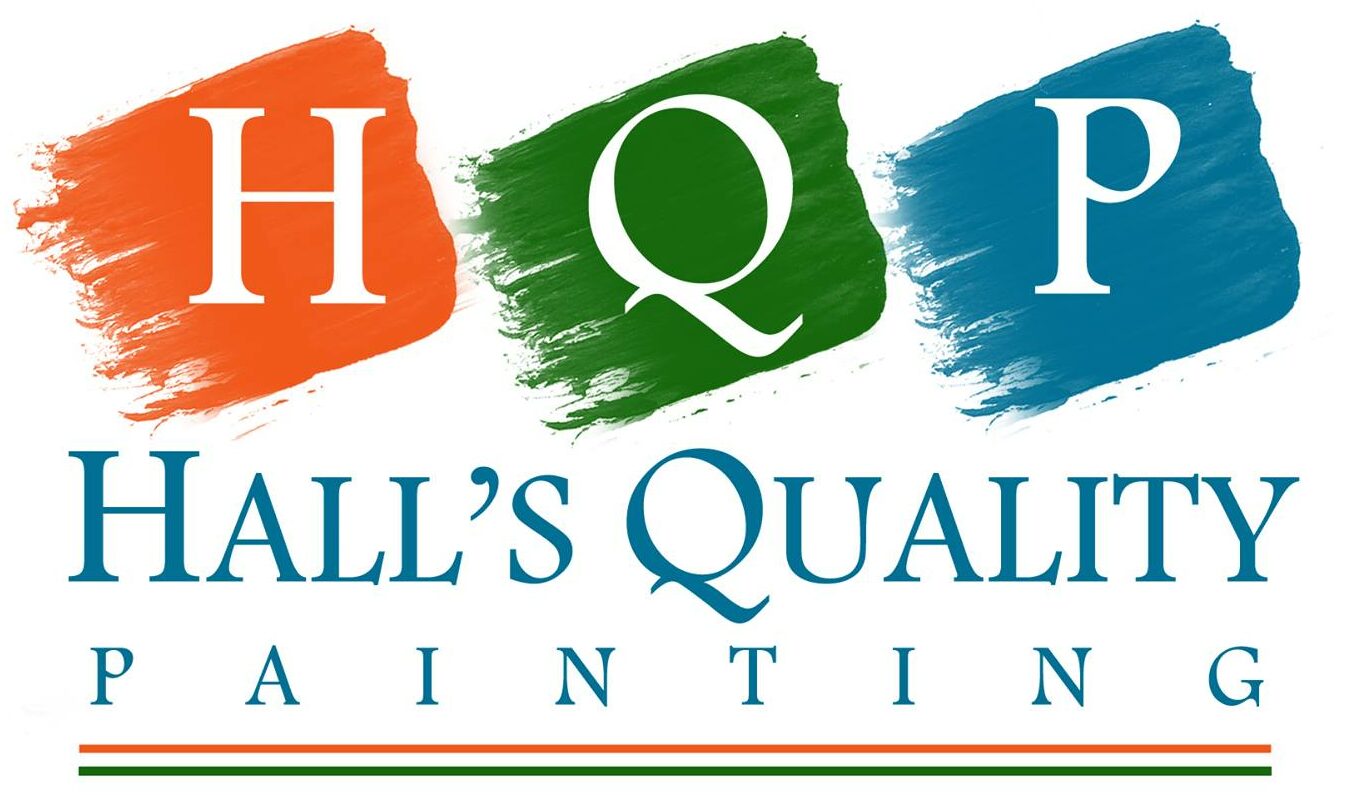Are you looking for a way to reduce the spread of disease in a business, office, or senior living facility?
Antimicrobial paint has been rapidly increasing in popularity over the past few years. Seniors are among the most vulnerable populations in society, in part because the immune system becomes weaker as we age.
As a result, it’s more important than ever to defend against harmful microbes and the diseases they cause in high-risk areas, especially businesses, offices, and senior living facilities. Seniors are more likely to spend much of their time indoors, which also increases the risk of disease.
Outdoors, wind and the natural movement of air disrupts colonies of bacteria and makes it less likely for a person to get sick. Inside, however, there is much less air movement. As a result, it’s much more likely for people to come into contact with pathogens that have become trapped in the ventilation system.
This is sometimes referred to as “sick building syndrome.” It can result in visitors and employees experiencing disease symptoms as long as they are in the building. However, when the building is usually full of seniors, who are particularly vulnerable to disease, sick building syndrome can have serious and far-reaching consequences.
A simple and surprisingly effective method of reducing the presence of harmful microbes in a facility or other building is through the use of antimicrobial coatings. Commercial painters have access to the best quality antimicrobial coatings that can significantly reduce the risk of disease in high-traffic facilities.
What is Antimicrobial Paint?
Antimicrobial coatings have additives in it that destroy bacteria, viruses, and other harmful microbes. A coating of an antimicrobial product can significantly reduce the presence of pathogens in an area by killing the microbes it comes in contact with.
The top antimicrobial coating in the industry is Sherwin-Williams’ Paint Shield.
What are the Benefits of Antimicrobial Paint?
Effective Against Harmful Bacteria and Microbes
You may be wondering if antimicrobial coatings live up to its claims. Can paint actually kill microbes?
Yes! To be certified as antimicrobial, Paint Shield underwent extensive testing to prove that it destroys 99.99% of the target bacteria within two hours of making contact.
Paint Shield doesn’t just inhibit the growth of harmful microbes; instead, it actively destroys these pathogens.
Some of the pathogens Paint Shield destroys includes:
Staph
E. Coli
MRSA
VRE
Enterobacter aerogenes
Makes Facilities Safer
By using antimicrobial coatings, senior living facilities and other businesses become much safer for everyone inside, especially vulnerable populations.
Paint Shield can be applied in the places where it’s most needed — areas of high traffic, food preparation, medical storage, and staff break rooms.
High Traffic Areas
The easiest place for disease to spread is in high traffic areas, including hallways, common areas, doorways, and other places where many people pass through in a day. Paint Shield is an excellent way to destroy the microbes that people might carry, either on their clothes, through a sneeze or cough, or just through breathing.
Food Preparation Areas
E. Coli and Staph are two of the most common pathogens that any facility that prepares food on-site has to deal with. These pathogens spread very easily during food preparation and can cause unpleasant or even dangerous food poisoning. Antimicrobial coatings add an extra layer of protection to defend against human error or any other way that pathogens enter a facility.
Medical Storage
In senior living facilities, doctors’ offices, or hospitals, many areas are dedicated to the storage of sensitive medical equipment, including medication. These areas must remain as sanitary as possible. Antimicrobial coatings add an extra layer of protection that can significantly reduce the presence of harmful microbes in these highly sensitive areas.
Staff Break Rooms
In any senior care facility, there needs to be areas for the staff to go and rest or get ready for a day of work. Since these are generally more “casual” areas, it’s even more important to utilize good hygiene and other sanitization methods in and around these areas. Antimicrobial coatings are an excellent way to provide a constant, passive way of preventing disease and infection.
Since antimicrobial coatings only need to be applied once and then work for years afterward, it’s especially suited to acting as a bolster for the standard cleanliness and sanitizing procedures that employees utilize every day.
Improves Paint Appearance and Longevity
One benefit of antimicrobial coatings that might not be immediately obvious is that in addition to destroying common disease-causing microbes, it also destroys common mildews and molds that can grow on walls over time. Because of this, antimicrobial coatings are perfect for humid environments, such as bathrooms and kitchens.
Antimicrobial coatings have also been proven to last longer than standard oil or acrylic paints. The antimicrobial properties of the paint will last for years as long as the surface integrity is maintained. Of course, just like anything else in a facility, the paint should be renewed and maintained periodically.
How Can I Use Antimicrobial Coatings for My Facility?
If you want to add a layer of health protection to your facility and reduce the risk of disease, antimicrobial coatings are a perfect choice. However, don’t hire just any commercial painters to apply the coating.
Commercial painting must be done by experienced, highly-qualified professionals. It’s especially critical to hire the best when it comes to applying antimicrobial coatings since you need to be sure that the coating is applied correctly and evenly to provide the maximum amount of protection. Halls Quality Painting in Fernandina Beach FL is the best choice for a painting company to apply antimicrobial coatings to your senior living facility or business. Their professional, veteran painters have years of experience painting businesses carefully and efficiently and can help you with all your concerns regarding antimicrobial coatings and whether it is suitable for your senior living facility.

